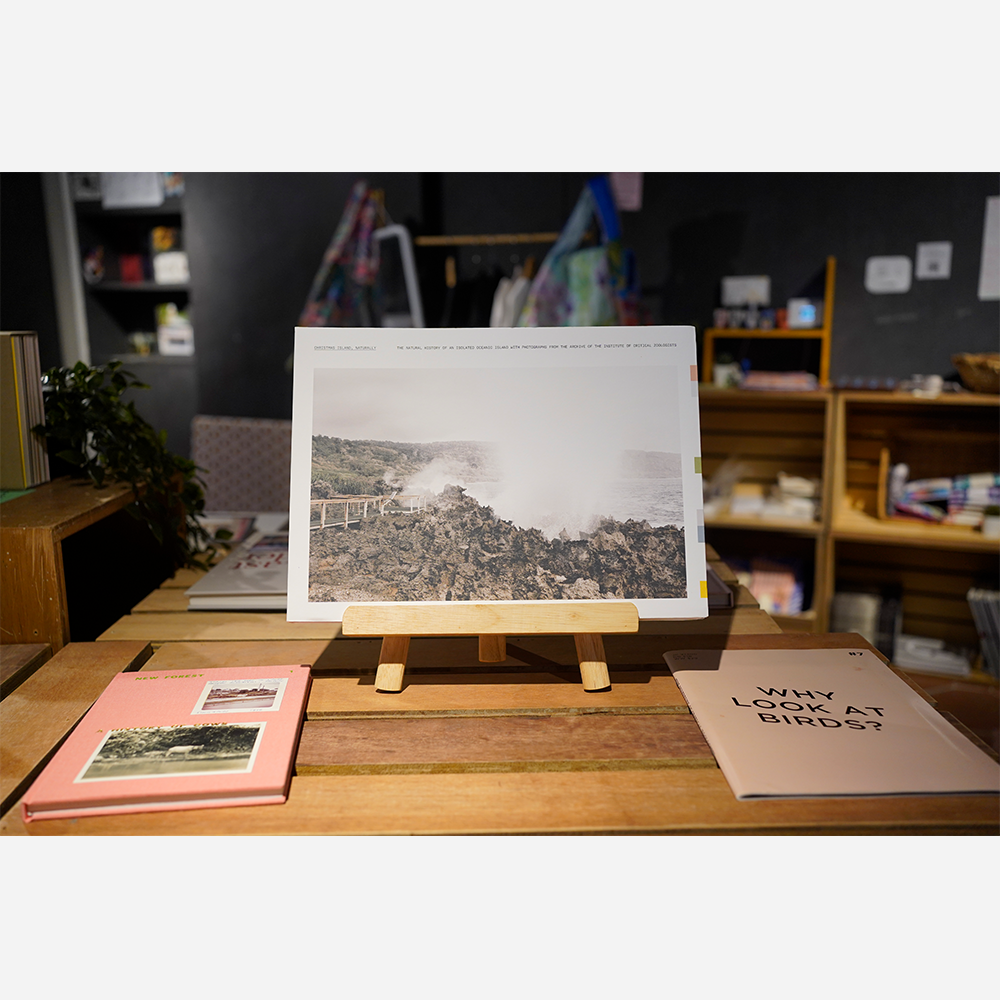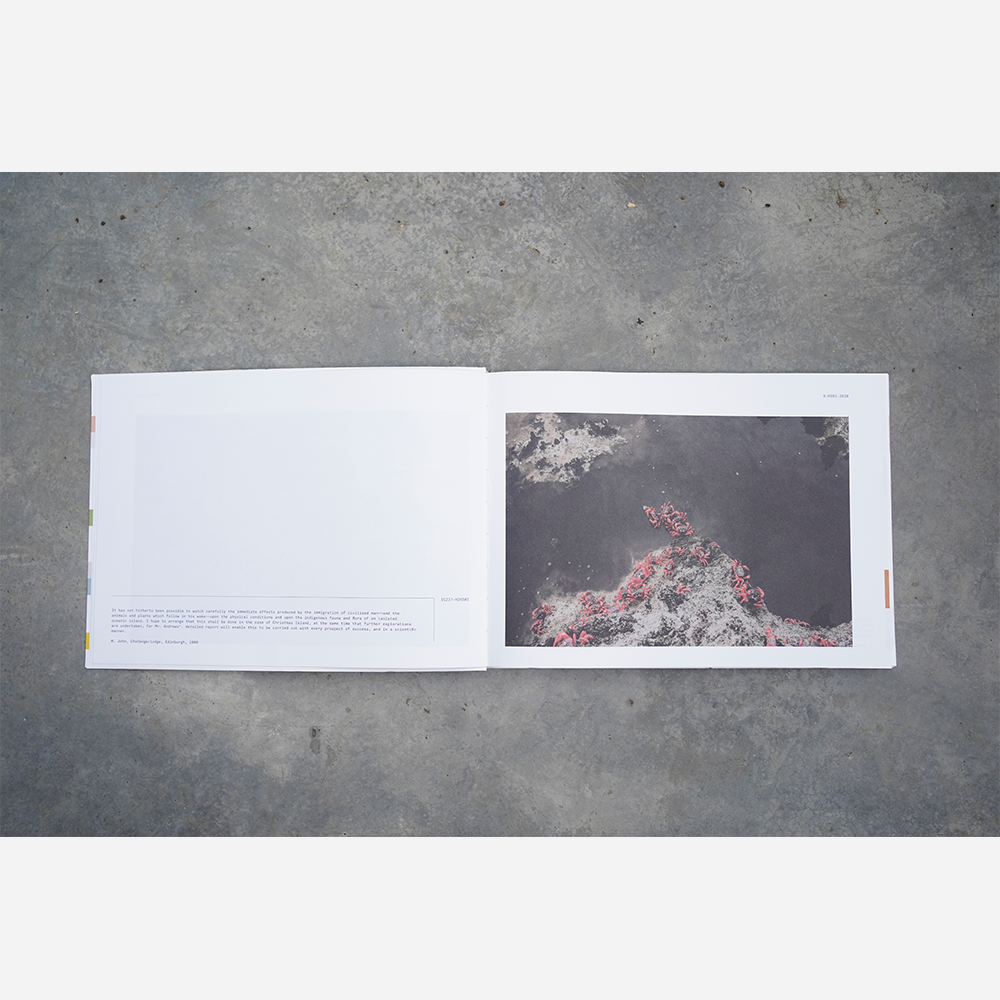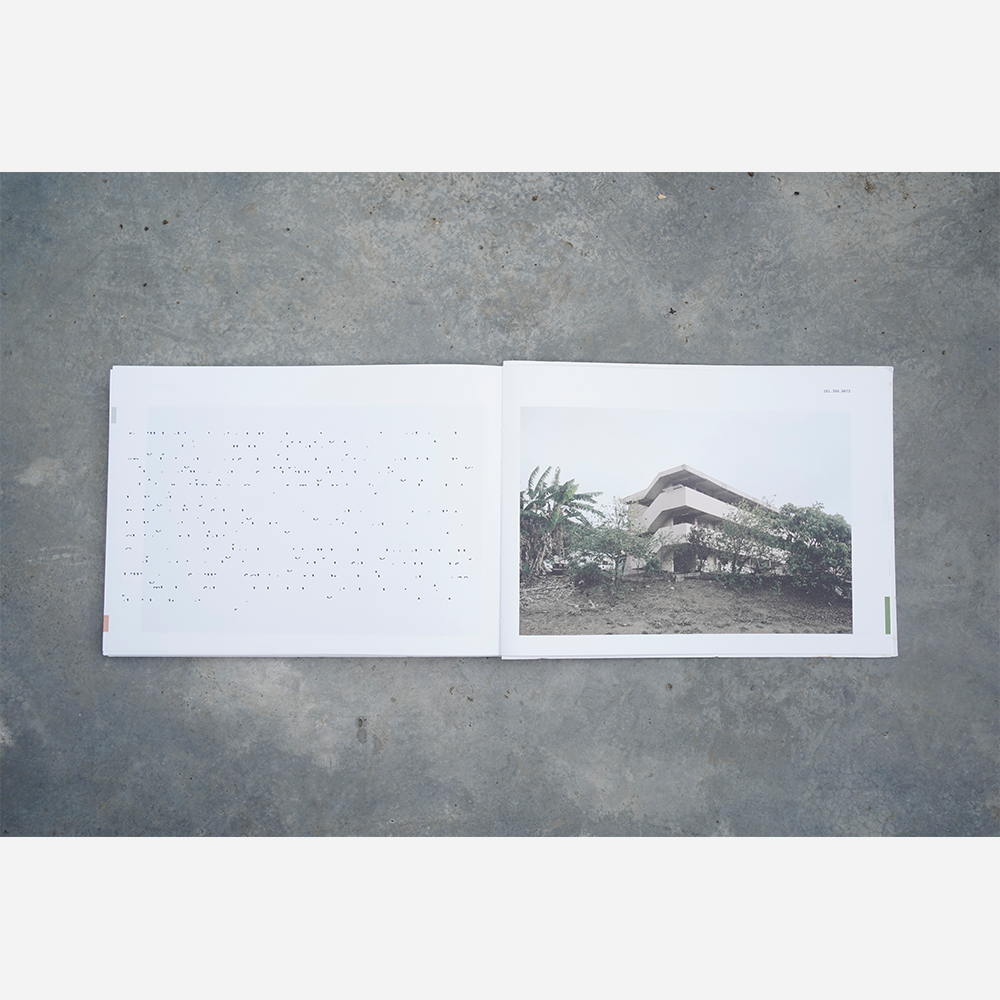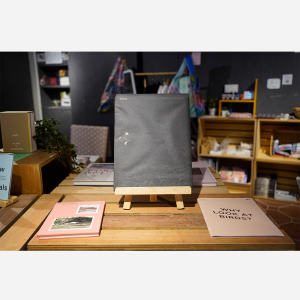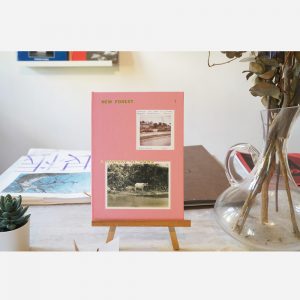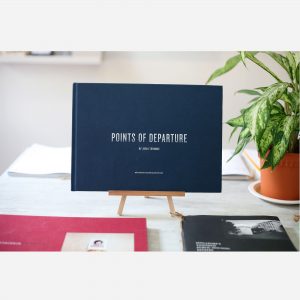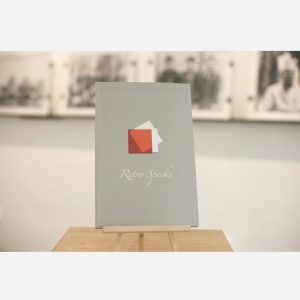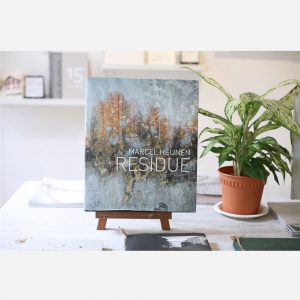| PUBLISHED BY | The Institute of Critical Zoologists |
| DESIGNED BY | H55 in Singapore |
| PHOTOS BY | Robert Zhao Renhui |
| COPYEDITING BY | Adeline Chia |
| DETAILS | 23cm x 30cm x 0.9cm (Thick) Edition of 450 32 images, 104 pages Soft Cover with Wrap around ISBN: 978-981-09-8638-4 |
| YEAR | 2016 |
Christmas Island, Naturally by Robert Zhao
$120.00
Discovered on Christmas Day in 1643, Christmas Island is an external territory of Australia located in the Indian Ocean. The first settlers arrived on the island in 1887 and with the advent of the phosphorus mining industry, the population grew to 2,072 residents around 2001. Christmas Island’s communities inhabited a number of “settlement areas” on the northern tip of the island. The majority of the population were ethnic Chinese and Malays who originated from the then British Malaya.On May 14, 1958, the United Kingdom’s Christmas Island Act was given royal assent, enabling Britain to transfer the administration of Christmas Island from Singapore to Australia by an order-in-council. This was followed by Australia’s Christmas Island Act, which was passed in September 1958, effectively placing the island under the jurisdiction of the Commonwealth of Australia on 1 October the same year. The nearly 150 years of human settlement have introduced a number of invasive species onto the island. Not only do these newcomers threaten some of the island’s most imperiled species, such as the Abbott’s Booby and Christmas Island Gecko, they have also caused the extinction of other species. Christmas Island’s ecology is considered to be unique due to its endemic flora and fauna and the presence of large populations of land crabs and seabirds, which are the most noticeable fauna on the island. The annual breeding migration of the red crabs is also a well-known event. Researchers estimate that 40 million crabs live on the island now, and the number could have been twice that before invasive yellow crazy ants became a problem.As a result of its unique biodiversity, exceptional endemism and the myriad of threats faced by invasive species, Christmas Island is a high-value conservation area currently gazetted as a strict nature reserve. In recognition of the island’s fragile ecosystems, the 3rd Christmas Island Conservation Plan called for the resettlement of human communities, which eventually led to a relocation of these communities to the Australian
mainland. At present, a permit is needed for researchers intending to study biodiversity on the island, and the island remains indefnitely out of bounds to commercial tourism.
About Robert Zhao Renhui
Robert Zhao Renhui (b. 1983, Singapore) is an interdisciplinary artist who explores the complex and commingled relationships between nature and culture. Working across installation, photography, video and sculpture, Zhao is interested in the multifarious beings and objects that constitute the living world, and whose experiences and knowledge enrich our collective existence.
Zhao has held solo exhibitions, The Forest Institute (2022) at Gillman Barracks, Singapore and Monuments in the Forest at ShanghART Gallery (2023) in Shanghai. His latest work is a performance installation titled Albizia (2023), commissioned by Esplanade– Theatres on the Bay. He has also been featured in the 14th Gwangju Biennale (2023), 10th Busan Biennale (2020), 6th Singapore Biennale (2019), 9th Asia Pacific Triennial of Contemporary Art (2018), 11th Taipei Biennale (2018), 17th Jakarta Biennale (2017) and 20th Biennale of Sydney (2016).
In 2010, Zhao received the prestigious National Arts Council Young Artist Award, Singapore’s highest award for young arts practitioners aged 35 and below. He was also a finalist for the Hugo Boss Asia Art Award in 2017.
1 in stock

